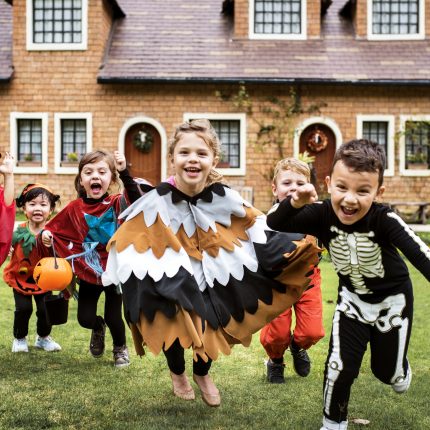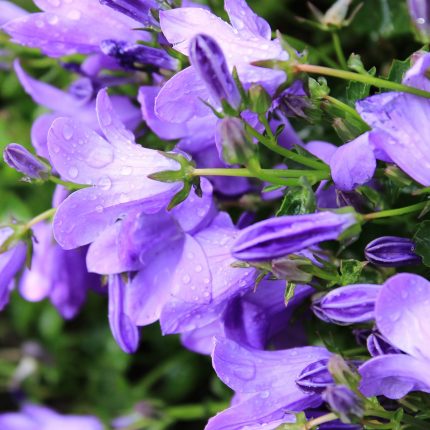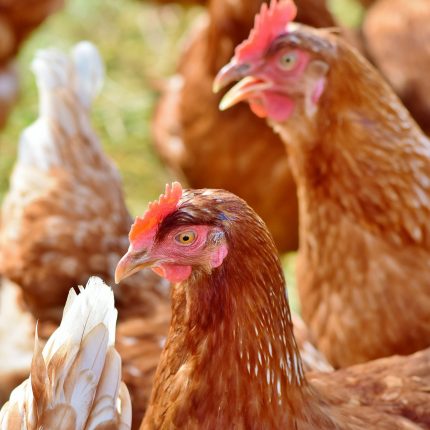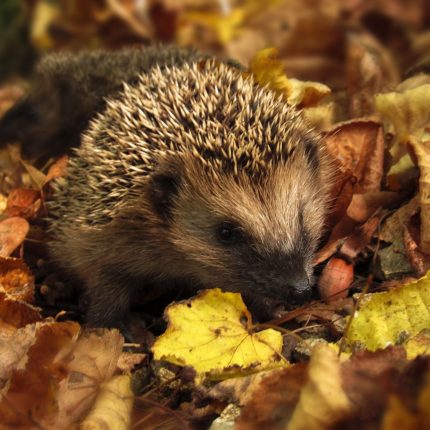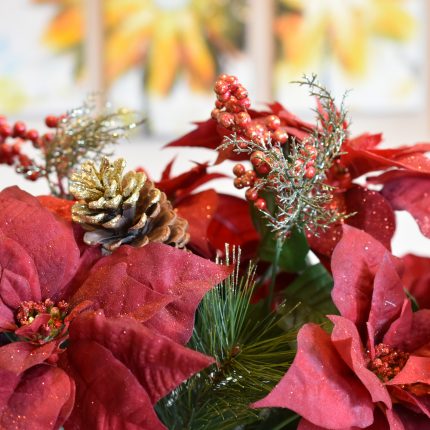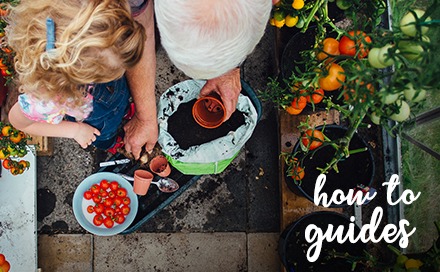How to Attract Birds Into Your Garden: A Complete Guide
There’s nothing quite like the sight of colourful wild birds visiting your garden, perched on branches, fluttering to feeders, or resting in dense shrubs. Creating a bird-friendly space isn’t just enjoyable, it supports biodiversity, improves your garden’s ecosystem, and gives you a front-row seat to nature. Whether you have a large garden or a modest patio, the right plants, feeders, and water features can turn it into a haven for birds.
Here’s everything you need to know to create a welcoming habitat for wild birds.
What plants, trees and shrubs will attract birds?
Plants are the foundation of a bird-friendly garden. They provide natural food, shelter, and nesting spots. By choosing carefully, you’ll create an environment where birds feel safe, nourished, and comfortable.
- Evergreen shrubs with berries: Shrubs like Skimmia japonica provide year-round cover and produce berries that feed birds through the colder months. The dense foliage also offers shelter from predators and harsh weather.
- Trees and ornamental fruit: Ornamental crab apples, bring blossom in spring and fruit in autumn that birds love to feast on. They’re perfect for mid-sized gardens.
- Native hedges and layered planting: A hedge made of native species such as holly or hawthorn gives birds a place to nest, hide, and feed. Layering ground cover, shrubs, and taller trees creates a structure that mirrors their natural habitat.
- Soil matters: Avoid excessive lime in the soil if planting acid-loving berry shrubs like Skimmia, as it can affect their growth and fruiting.
By combining evergreen cover, seasonal fruiting shrubs, and a variety of heights and textures, you’ll attract more bird species and ensure food and shelter are available all year round.

Which types of feeders and feed attract the widest variety of birds?
Once you’ve established the planting, feeders add another layer of attraction, especially in winter when natural food sources are scarce.
- Choose the right feeder for the right food: A steel-mesh feeder works well for peanuts or fat balls, while other plastic feeders work better for tiny seeds like nyjer, which finches love.
- Mix feeder types and positions: Offering a variety of feeder styles, such as hanging feeders, ground trays, and covered feeders, supports different species with different feeding habits. This approach encourages visits from finches, tits, sparrows, robins, and more.
- Keep feeder height and location in mind: Place some feeders higher up for perching birds, and others lower down for ground feeders. Choose spots where you can enjoy the view while ensuring birds feel secure.
- Use quality feed: Good quality seed mixes, peanuts, suet, and nyjer seed all play their part. Always make sure food is fresh and dry.
- Consider squirrel-proofing: If squirrels are a problem, use feeders designed to exclude them. This helps smaller birds access food and prevents waste.
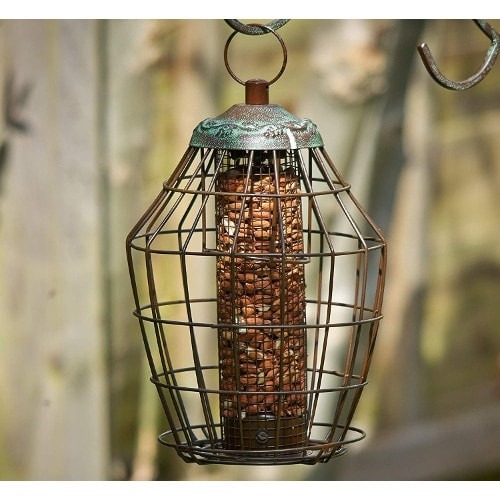
In short, the more variety you offer in food types, feeder styles, and placement, the more species your garden will attract. If you want more information on feeding wild birds be sure to visit Tírlan’s bird feeding dedicated guide.
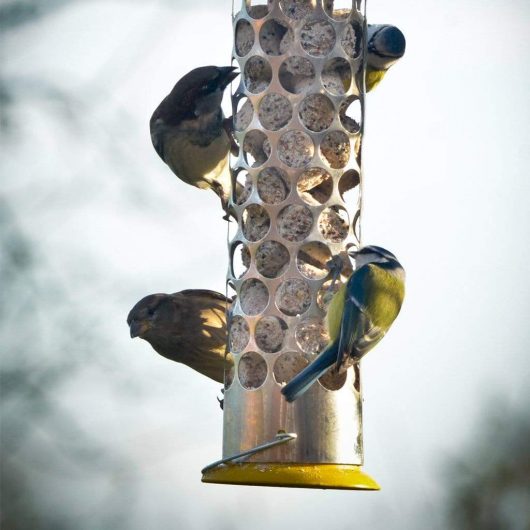
How important is water and shelter for garden birds?
Feeding is only one part of supporting wild birds. Water and shelter are just as essential for keeping them healthy and returning regularly.
- Provide a clean water source: A shallow dish or bird bath on a stable surface gives birds a place to drink and bathe. In freezing weather, check daily and break any ice that forms so they can still reach the water.
- Offer shelter and cover: Dense shrubbery, hedges, and trees provide birds with safe spots to rest and hide from predators. Even small gardens can include potted shrubs or tall grasses to create cover.
- Encourage natural nesting: Leaving a few untidy patches of garden, such as fallen leaves or log piles, attracts insects that birds feed on and provides potential nesting areas.
- Keep things peaceful: Place feeders and baths in quieter areas of the garden, away from heavy foot traffic or pets, so birds can feed and rest without disturbance.
These simple touches create a safe and inviting space where birds can thrive throughout the year.
When should I make changes and how do I plan seasonally?
Creating a bird-friendly garden is an ongoing project that changes with the seasons. Birds have different needs at different times of year, and a little planning helps you meet them all.
- Spring and summer: Focus on insect-friendly plants, water sources, and nesting sites. Reduce feeding slightly if natural food like insects and berries are abundant.
- Autumn and winter: This is when feeders and berry-producing shrubs really shine. With fewer natural food sources available, your garden becomes an essential lifeline.
- Year-round planning: Choose shrubs that fruit in winter, keep feeders clean and topped up, and always maintain a reliable water source.
- Review and adapt: Every year or two, assess your layout. Are feeders visible? Are shrubs healthy and dense enough? Small adjustments can make a big difference.
By following the seasons, you’ll keep your garden alive with activity all year long.
What common mistakes should I avoid when trying to attract birds?
Even experienced gardeners make a few missteps when trying to attract birds. Here are the most common to watch out for:
- Placing feeders too close to hedges or thick cover, where predators like cats can hide.
- Relying on only one type of feeder or food, which limits the variety of birds you’ll attract.
- Neglecting feeder hygiene, which can spread disease through mouldy or stale food.
- Hanging feeders in overly open, exposed spots, which can make birds nervous.
- Forgetting to include shrubs that offer shelter or berries in lean seasons.
Avoiding these pitfalls will make your bird-friendly garden healthier and more inviting.
Attracting birds into your garden is one of the most rewarding ways to connect with nature. With the right combination of plants, feeders, water, and shelter, you can create a thriving habitat that supports wildlife and fills your space with life and colour.
Whether you’re just starting out or refining a well-established garden, every small change makes a difference. Add a few berry bushes, hang a new feeder, or simply keep your water dish fresh, before long, your garden will be alive with wild birds.
We’re Here To Help
For more expert advice on wildlife-friendly gardening and seasonal care, visit the Tírlán CountryLife Blog for year-round inspiration.

